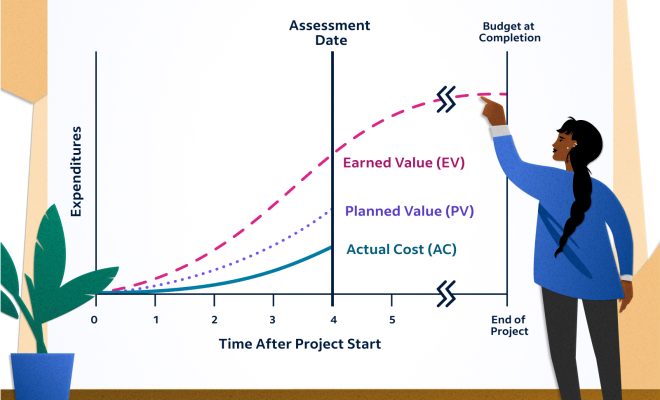How to calculate percent of a total

Calculating the percent of a total is a fundamental mathematical concept that has many practical applications in everyday life and business. Being able to determine the percentage of a specific value within a larger amount can assist with personal finance, budgeting, performance analysis, and much more. This article will discuss the steps required to perform this calculation.
Step 1: Convert the Percentage to Decimal Form
To begin calculating the percentage of a total, you must first convert the given percentage into a decimal number. To do this, simply divide the given percentage by 100. For example, if you are given a percentage of 25%, you would convert it into a decimal by doing the following:
25% ÷ 100 = 0.25
The standard formula for calculating percentage is:
Percentage = (Part ÷ Whole) × 100
Step 2: Identify the Whole Amount
Next, identify the total or whole amount that serves as the basis for your calculation. This could be something like total revenue, total expenses, or population size. The key is to accurately determine what your “whole” represents.
Step 3: Multiply the Decimal with the Whole Amount
Now, it’s time to multiply the decimal form of your desired percentage with the whole amount you identified in step 2. Using our previous example where we converted 25% into a decimal (0.25), let’s say you wanted to calculate 25% of a company’s annual revenue of $200,000. You would multiply as follows:
0.25 × $200,000 = $50,000
Step 4: Interpret Your Result
Finally, interpret your result within context. Using our example from step 3, this means that 25% of the company’s annual revenue equates to $50,000.
In summary, calculating percentages allows you to express parts within a whole amount in concise and relative terms. Knowing how to do this properly is crucial not only for personal use but also for academic and professional settings. By following the aforementioned steps, you’ll be well-equipped to calculate percentages accurately and easily.






